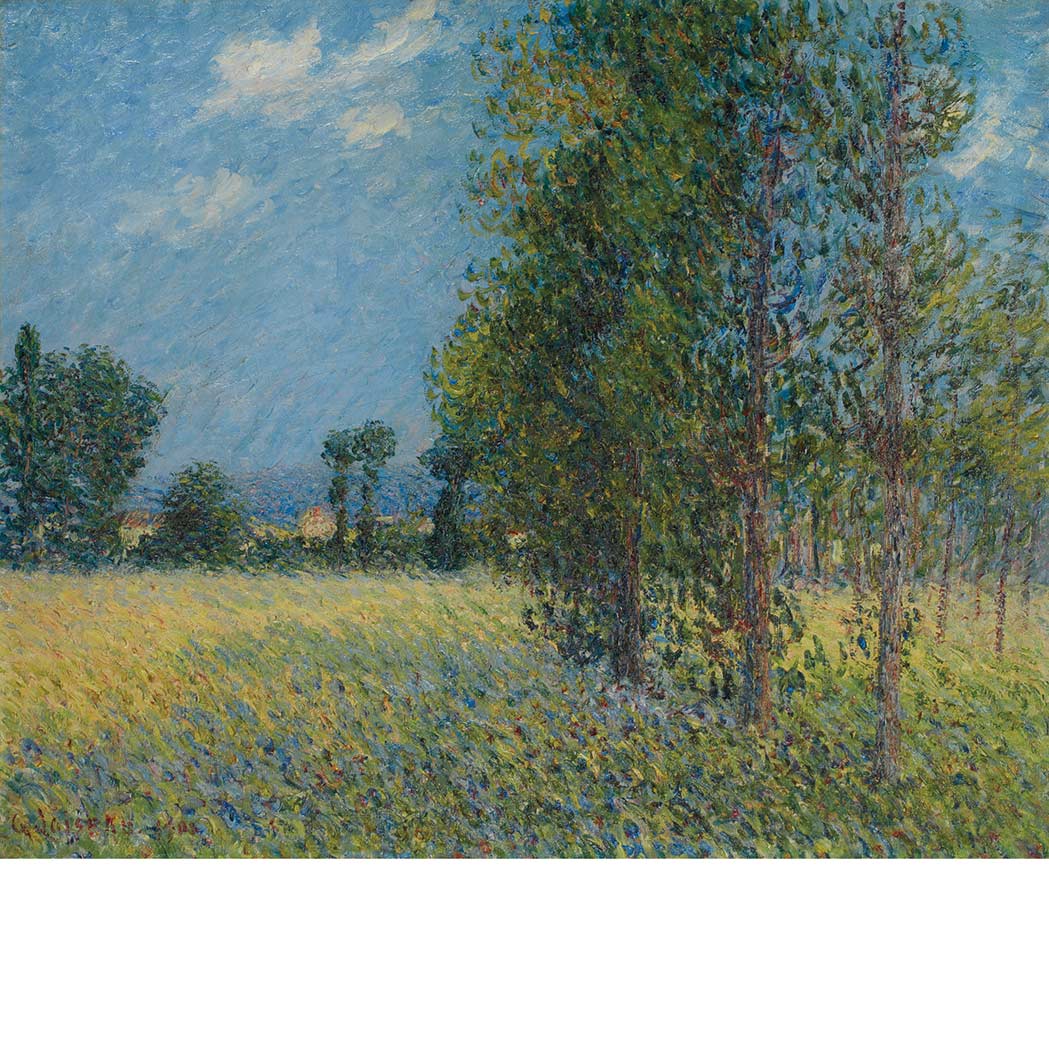
Gustave Loiseau
French, 1865-1935
Gustave Loiseau was a Paris-born artist best known for his vibrant depictions of French landscapes and city streets. Raised first in Paris and then near Pontoise, he apprenticed with a decorator before receiving a modest inheritance, which allowed him to pursue his passion for painting, and study life drawing at the École des Arts Décoratifs for one year.
Rejecting studio reproduction, Loiseau painted en plein air, traveling to Pont-Aven in Brittany beginning in 1890. There, he formed close friendships with artist Maxime Maufra and encountered Paul Gauguin, whose work and ideas encouraged Loiseau to develop his own Post-Impressionist vision.
Loiseau first exhibited at the Salon des Indépendants in 1893 and eventually became financially supported by art dealer Paul Durand-Ruel in 1897. This economic stability allowed him to travel across France and focus on subjects ranging from snowy Seine vistas and harbors to Parisian boulevards. His work reflects both Impressionist light and a personal response to nature’s rhythms and seasonal changes.
Active into the 1920s, Loiseau expanded into still lifes and continued to document rural life and urban activity with equal sincerity. His paintings are housed in major collections worldwide, including the Metropolitan Museum of Art, Musée d’Orsay, and the Thyssen‑Bornemisza.




